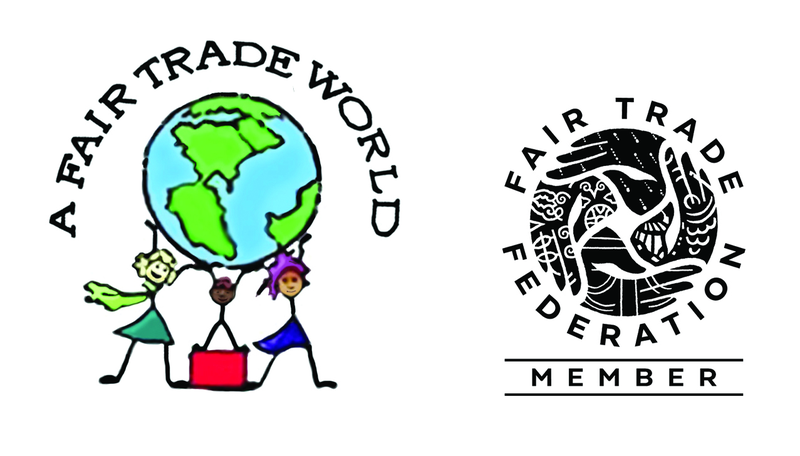Editors Note: I asked my friend Dina to share how Christmas is celebrated back in Uganda, where she still has family as well as a village school which she has personally sponsored. This story would be a great resource to provide differentiated instruction in a full inclusion classroom. It is also of value for students of color, especially African American students.
Christmas is called Sekukkulu, in Uganda and is celebrated on the 25th of December.
Sekukkulu, the birth of Jesus Christ, begins on the 24th of December with a “watch night” service. We do not use candles but the church is well lit, richly decorated and the service includes many Christmas carols. The real holiday cooking starts on the night of the 24th after the service. The morning of Sekukkulu, the church is filled to full capacity; even people who never go to church attend church on this day. People get to wear their new attire, especially for women to show off their new traditional dresses in rich colors with matching turbans.
The church is followed by an incredible feast, An American Thanksgiving feast doesn’t even come close to a Sekukkulu celebration.
Everything stops for Sekukkulu, Hospitals start discharging patients to go home except for those who have serious conditions. Most government bureaucrats take their holiday break from almost the middle of December to the second week in January. All official business grinds to a halt. With the arrival of Sekukkulu, the prices of food and other goods become incredibly high and the crime rate also increases.
Sekukkulu is not about giving and receiving presents as Christmas is in the United States. Instead, it is about sharing, love, food, family and new clothes.
In my family the Sekukkulu plans started almost in the month of October when my mother starts pointing out which chickens would be slaughtered on Sekukkulu. Those chickens were coddled to make sure that they were nice and fat for Sekukkulu. Chicken plays a central role in the Sekukkulu feasting. Families that couldn’t afford chicken any other time somehow would find a way to purchase chickens for Sekukkulu. The news that somebody cannot afford chicken on Sekukkulu is met with great sadness.
The process of getting ready for Sekukkulu and preparing the meal is not a chore, but a joy. Love is the major ingredient.
So come with me to my home in Uganda. The evening before Sekukkulu is a very exciting time as the aroma of the foods being prepared fills the air. That day some families will slaughter cows, goats and sheep. The children are busy cleaning the home; especially sweeping the courtyard. The grass is cut. As a child, I knew that we would spend the whole day running around delivering food my parents have put aside to give to friends, family and neighbors.
I still remember people delivering meats, sugar, Blueband, Kimbo (cooking oil,) obutunda (passion fruit,)onions, cassava and tomatoes. Then came the food from the in-laws: we always looked forward to that. They always tried to outdo themselves from the year before. They always included fancier foods unavailable to most Ugandans like cakes, biscuits and soda.
Of course, most important was preparing chicken in the Luwombo, to me the climax of Sekukkulu. After the chicken is smoked, it is well seasoned and then wrapped in a smoked banana leafs and then steamed together with the matoke or green bananas for hours in separate wrappings. The steaming bananas give the chicken a scrumptious taste. Just like chicken, the bananas that would be cooked on Sekukkulu are chosen in advanced. Bananas are cooked green, wrapped in banana leaves and steamed. After the bananas are cooked, they are mashed within the banana leaves and re-cooked, giving them a taste to die for. The method of steaming food wrapped up in banana leaves is very unique and it gives the food a true Ugandan authentic flavor that cannot be imitated in a modern American kitchen on a modern stove.
The excitement built, as more and more food gifts arrived from family to supplement the meals already planned. On top of the bananas and chickens, different types of meats are cooked as well as sweet potatoes, cassava and rice. The Sekukkulu dishes are specially made with unusual delicacies. Everybody eats and drinks until they cannot eat any more. After the major feast it is time of storytelling, games, dancing and singing while drinking soda and snacking on cakes. The Sekukkulu celebrations go on to the wee hours of the morning. Everything is closed on the 26th of December.

